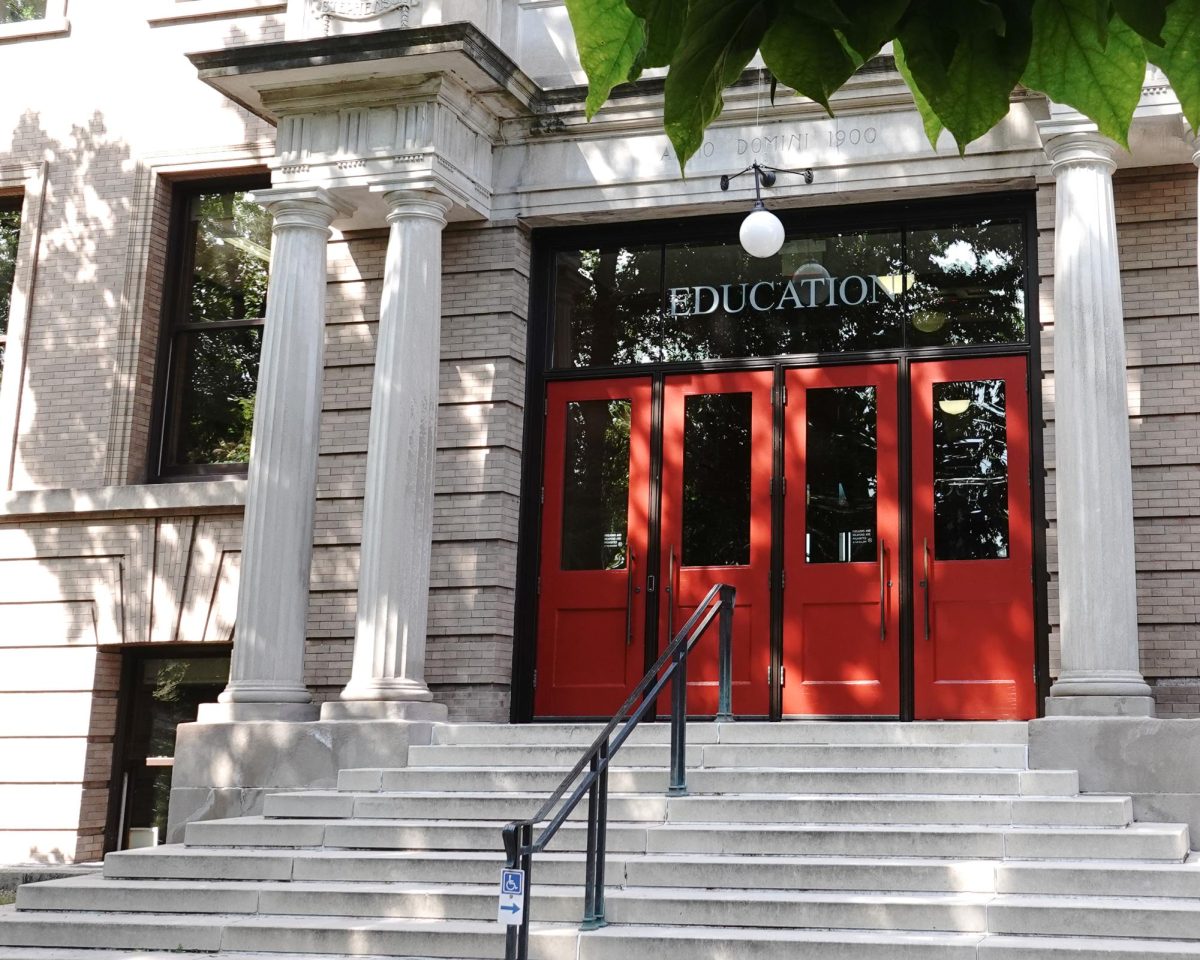Wisconsin continues to have the largest racial disparities in math and reading scores in the nation, according to the latest results from the National Assessment of Educational Progress, also known as the Nation’s Report Card. These findings highlight ongoing and deep-rooted inequalities that persist despite advocates’ efforts to improve educational equity, according to the Cap Times.
Wisconsin’s Black and white students showed little improvement in closing the achievement gap over the past year, with overall test scores remaining stagnant across all grades and subjects since 2022. These persistent disparities reflect broader systemic issues that have long affected students of color in Wisconsin, and throughout the country, according to the Wisconsin Public Radio.
Associate professor of educational policy studies and history at the University of Wisconsin Walter Stern said the stark disparities in Wisconsin’s education system are part of a much broader historical issue that is deeply rooted in the nation’s past.
“There is a long and deeply rooted history of racial disparities in educational opportunities in the United States,” Stern said. “These disparities have been reinforced by policies like redlining and underfunded schools in communities of color.”
Redlining is a discriminatory housing practice in which banks and government agencies systematically deny loans to predominantly Black neighborhoods, leading to chronic underfunding in their school systems, as public school funding has historically relied on local property taxes, according to the Brookings Institution. This has led to fewer resources, outdated textbooks and inadequate facilities, further exacerbating the achievement gap. According to a report from the Brookings Institution, redlining has lasting effects on education.
Even after the 1954 Brown v. Board of Education decision, which ruled segregation unconstitutional, policies often failed to equitably distribute resources, Stern said.
Public school funding has historically relied on local property taxes, so the racial inequalities in resource distribution have increased property values in predominantly white communities while suppressing them in communities of color, according to Stern.
“Opportunity gaps remain within K-12 and higher education,” Stern said.
The educational disparities that begin in K-12 settings extend into higher education, where students from marginalized backgrounds face additional barriers, according to the Wisconsin Public Radio.
Vice President of Diversity, Equity and Inclusion for the Risk Management and Insurance Society at UW Ella Pernsteiner highlighted the impact of these disparities on students attending the university, emphasizing how systemic barriers can affect academic performance, career opportunities and overall sense of belonging on campus.
“When looking at the data for students who attend UW, the disparities and inequalities are evident,” Pernsteiner said.
Data from UW shows Black students tend to be underrepresented — 43.4% of students are white, according to the data digest.
Pernsteiner said the inequalities contribute to feelings of exclusion or lack of belonging, especially when looking around a classroom or student organization and seeing limited diversity.
Nationally, predominantly white institutions have struggled to create truly inclusive environments where students of color feel valued and supported, according to the NAEP.
In light of these challenges, Pernsteiner pointed out that UW has resources available to support students from diverse backgrounds.
“Our campus offers a variety of resources, including the Multicultural Student Center, identity-based student organizations and workshops that are free to attend,” Pernsteiner said.
Pernsteiner noted these spaces help create a sense of belonging for students who may feel isolated.
While the numbers remain disheartening, efforts to address these educational gaps continue, Pernsteiner said.
Stern emphasized hiring teachers who reflect the backgrounds of their students has shown positive results, as well as diversifying curricula to be more historically accurate and representative.
“Desegregation narrowed opportunity gaps, especially when and where it was implemented extensively,” Stern said. “Curricula have also generally become more diverse and historically representative, though these approaches are currently under attack.”
But, Stern warned addressing racial disparities in education requires a broader approach that extends beyond schools.
Stern noted that communities will likely be unable to fully address racial disparities in education without addressing disparities in other areas such as housing, criminal justice and economic opportunity.
“These areas are linked, so expanding educational opportunity requires more holistic policy solutions,” Stern said.
The latest NAEP results make it clear that Wisconsin’s racial disparities in education remain a pressing issue, according to the NAEP.
Without significant systemic changes, the achievement gap between Black and white students will likely persist, affecting not only K-12 education but also higher education and future opportunities, according to the NAEP.
While resources exist to support students navigating these challenges, a more comprehensive approach — one that considers historical inequities, systemic funding disparities and broader social factors — is necessary to make meaningful progress, according to Stern.
Only through such efforts can Wisconsin begin to dismantle the long-established barriers that continue to hinder educational equity, according to the NAEP.
By committing to sustained policy changes and investment in education, Wisconsin can work toward closing achievement gaps and ensuring that every student, regardless of background, has access to the resources and opportunities they need to succeed, according to the NAEP.




